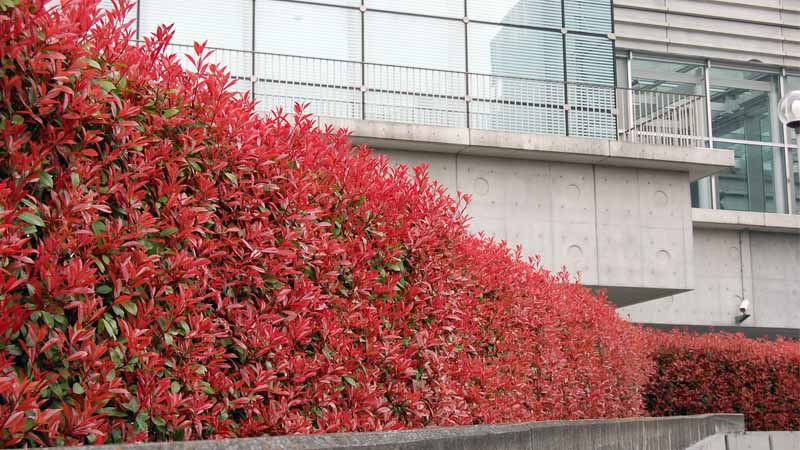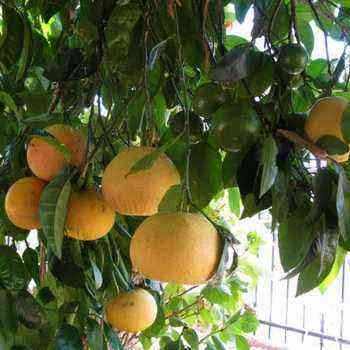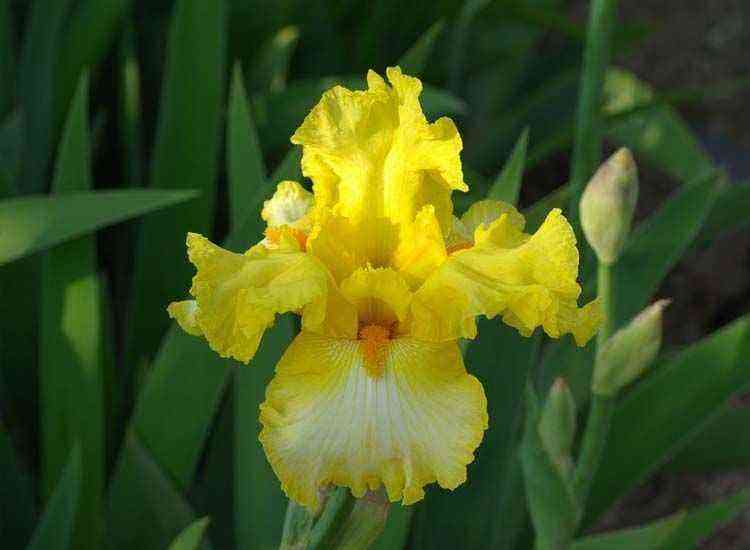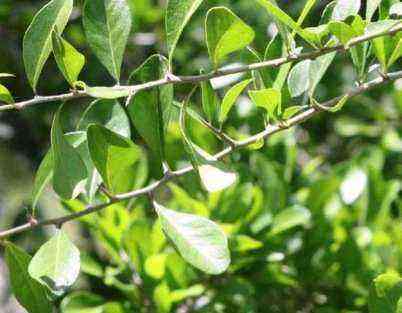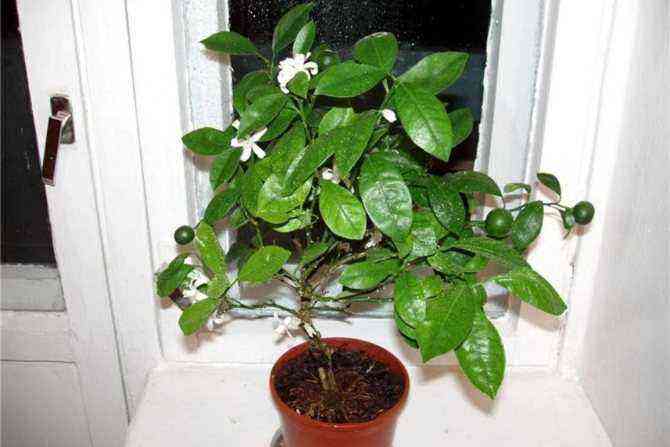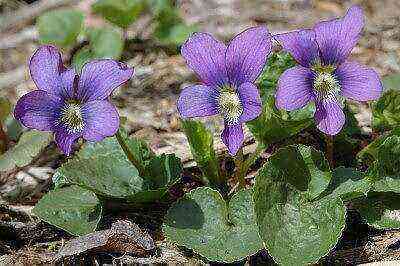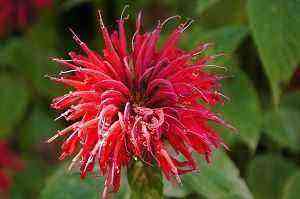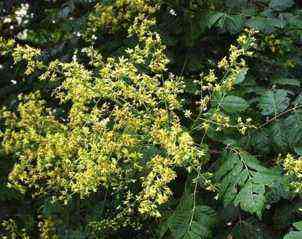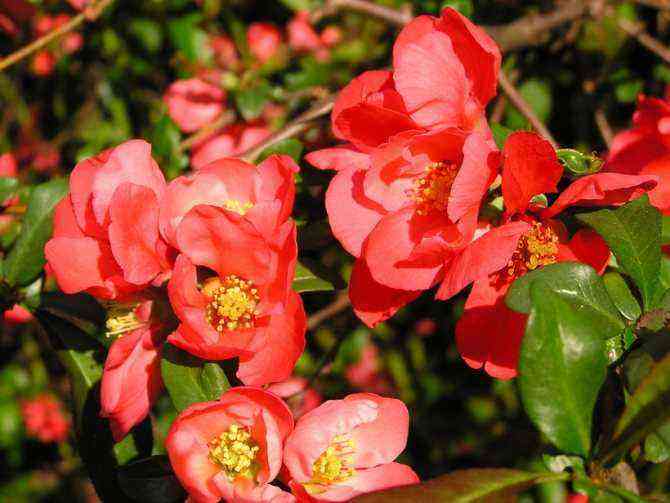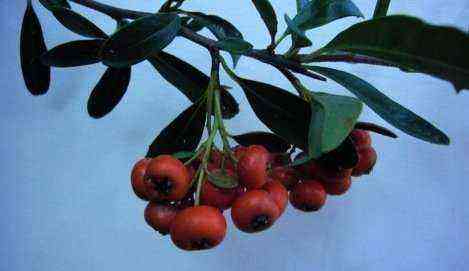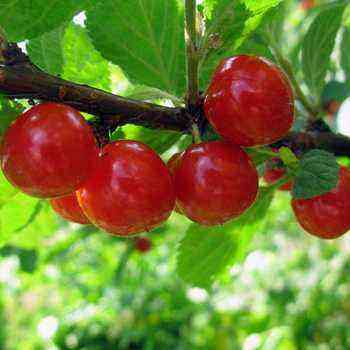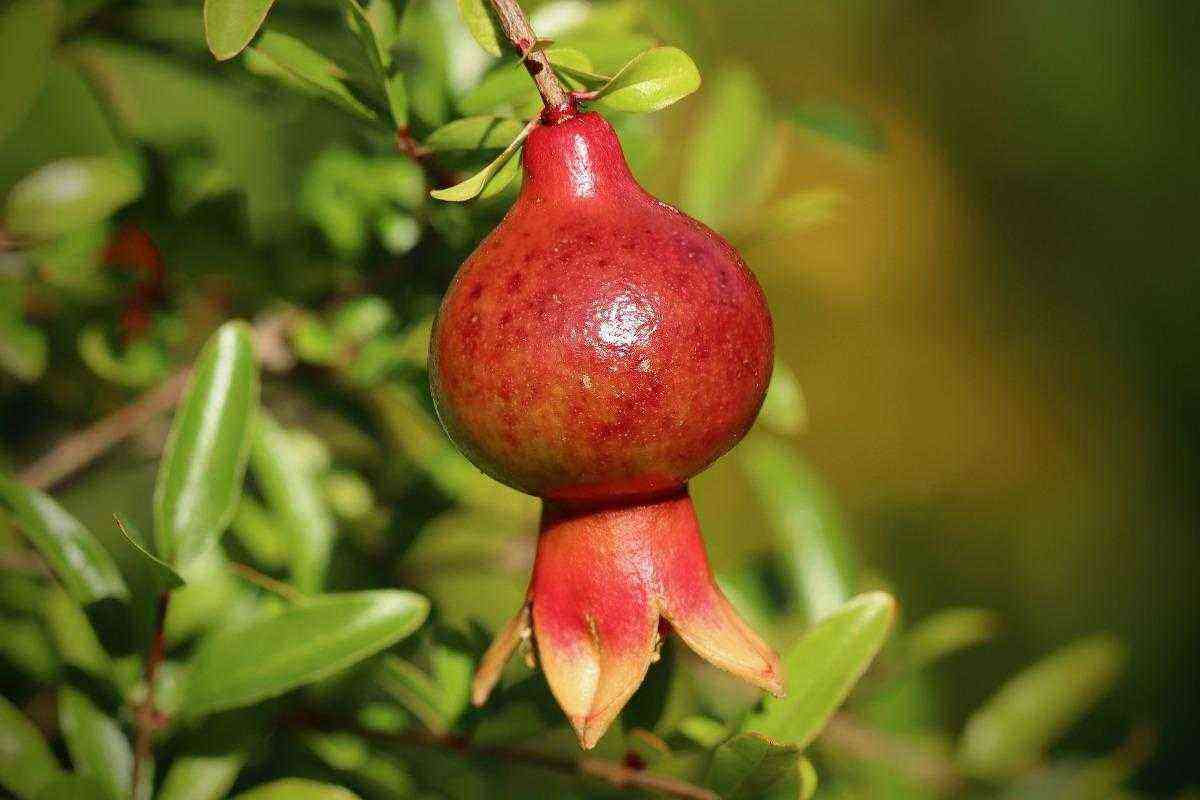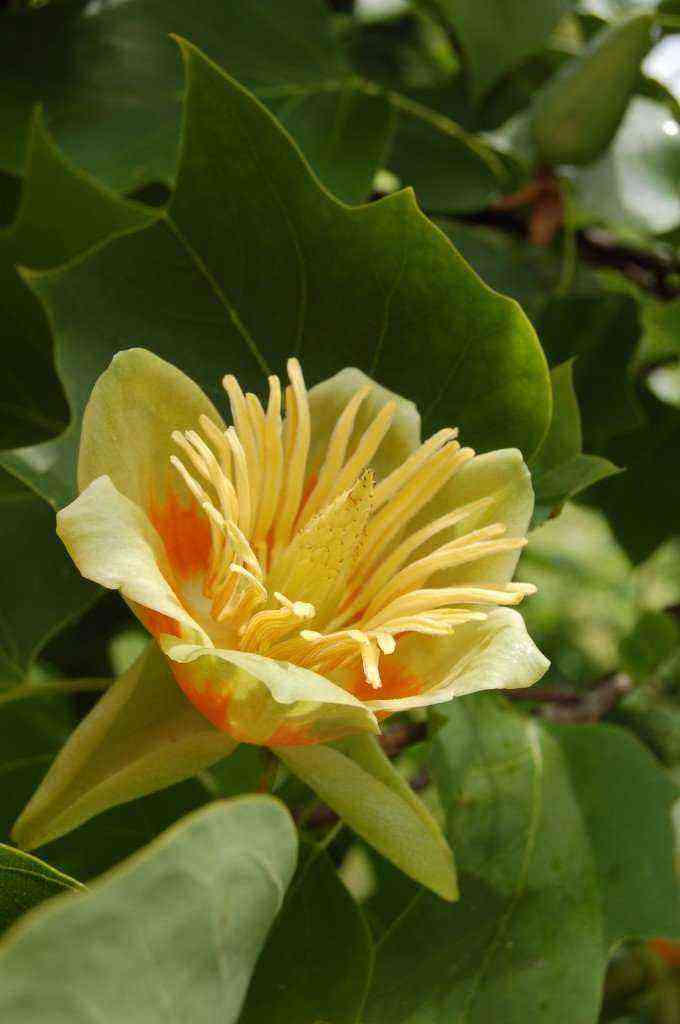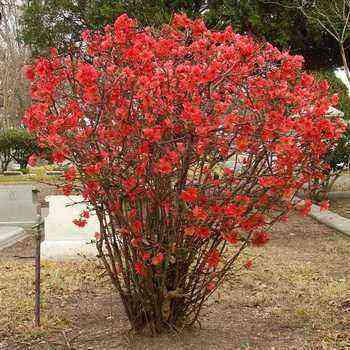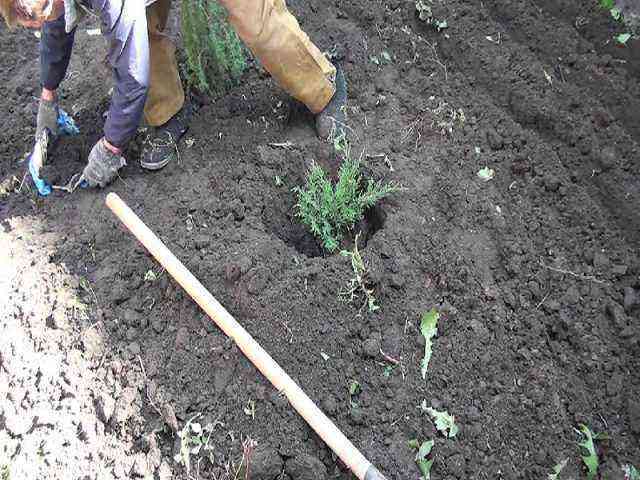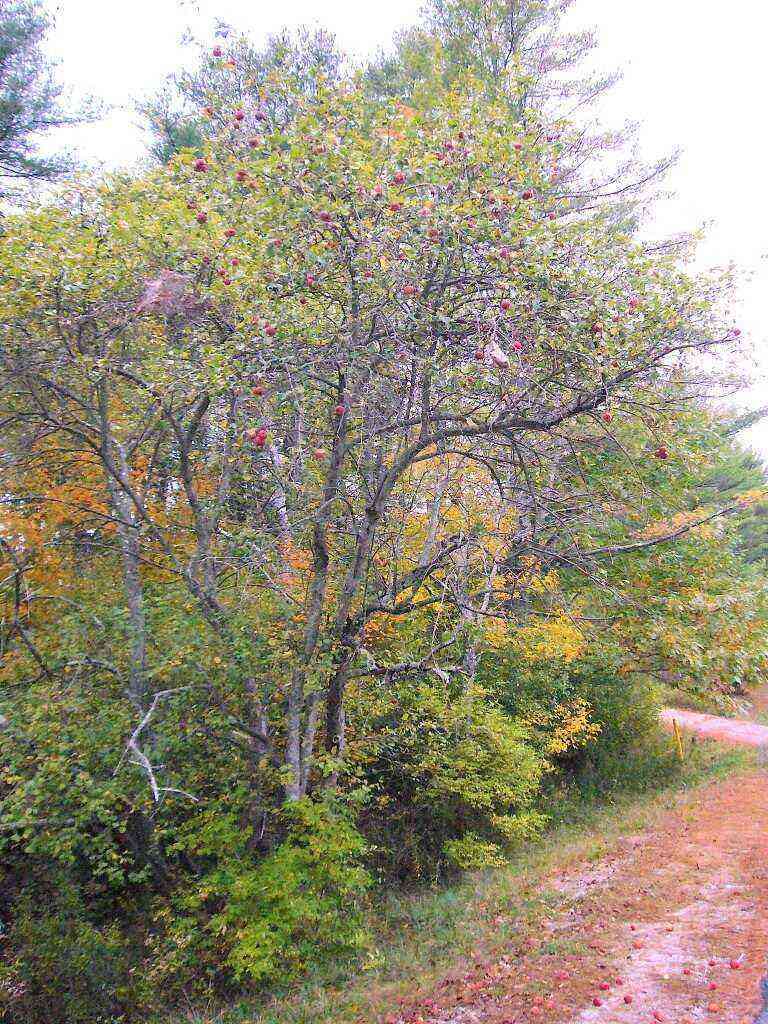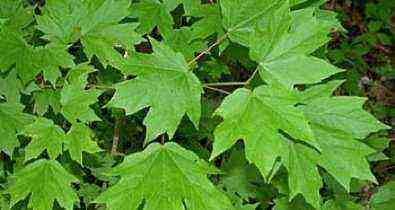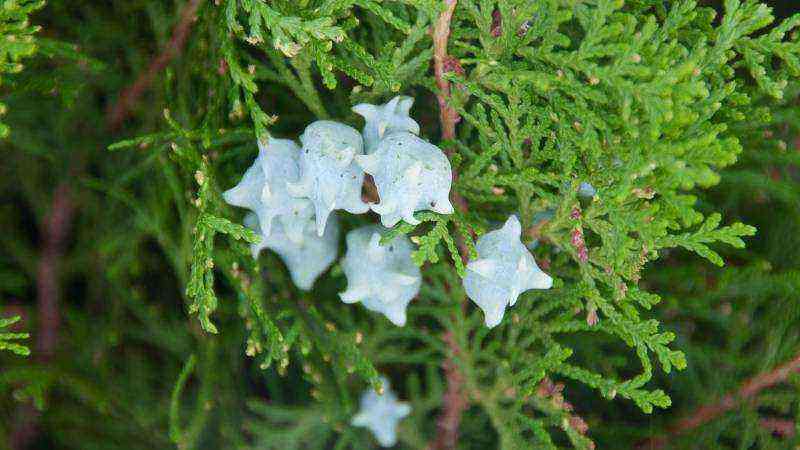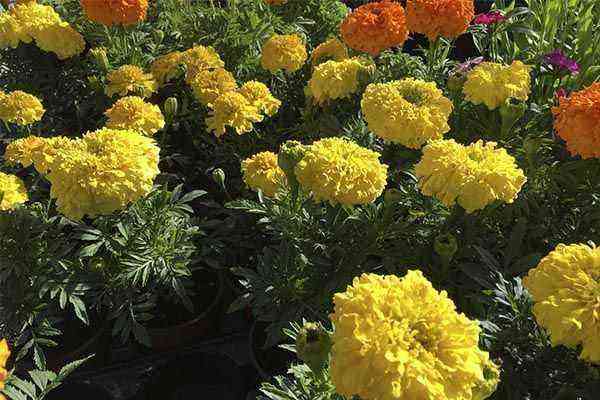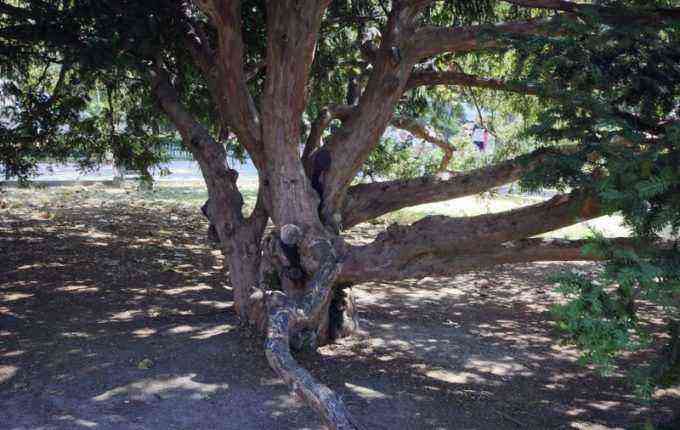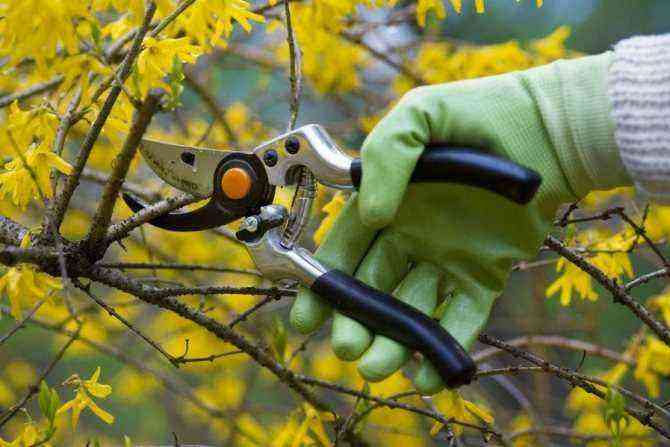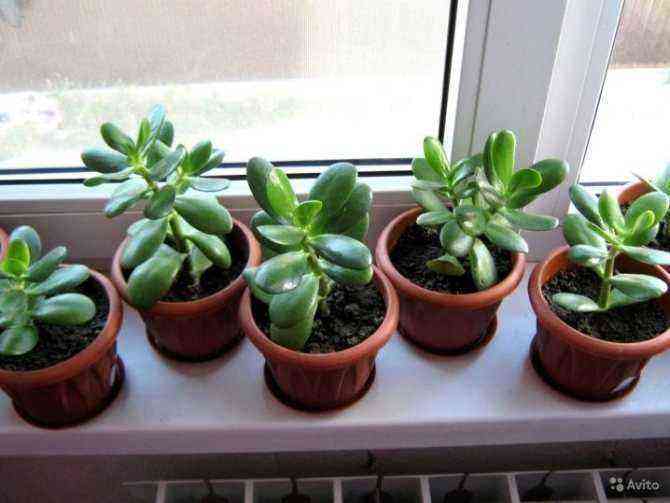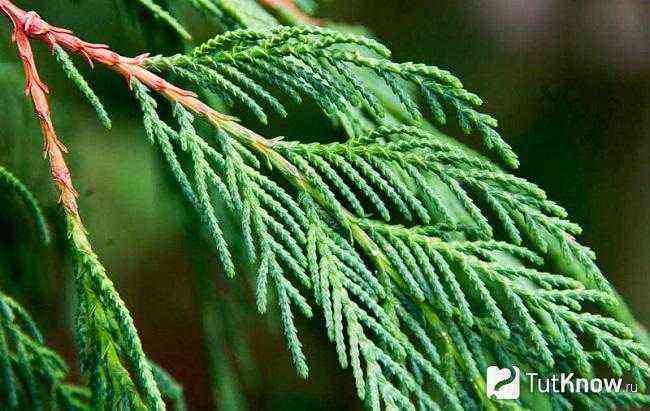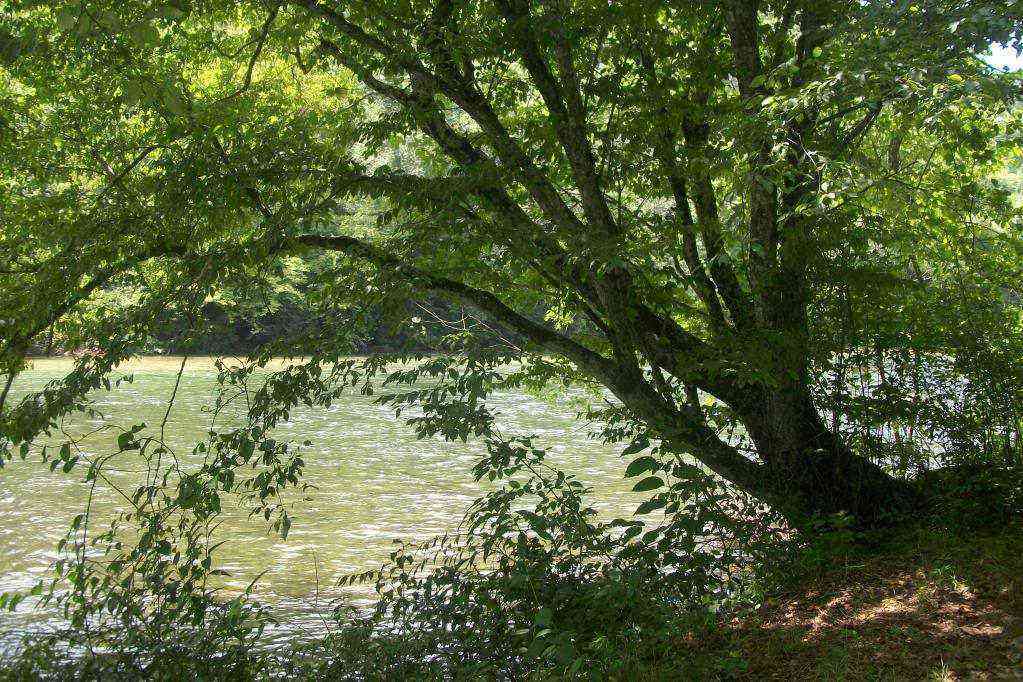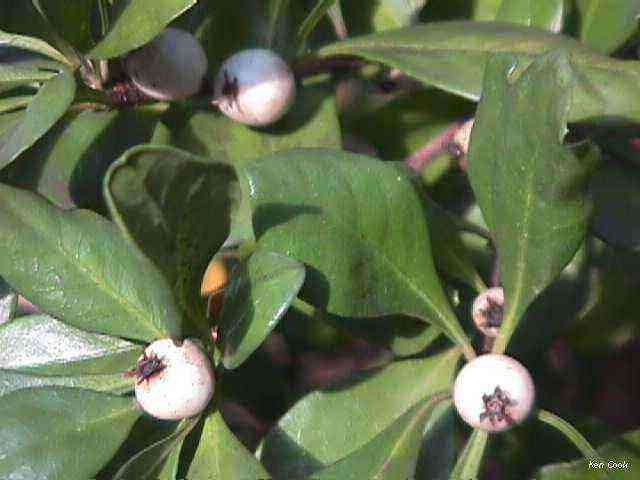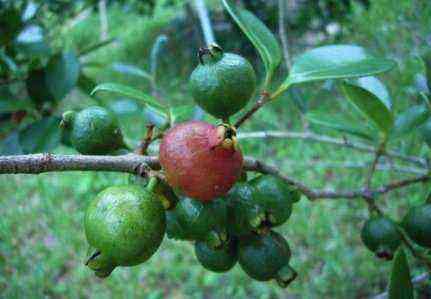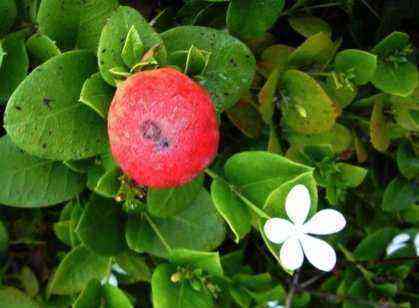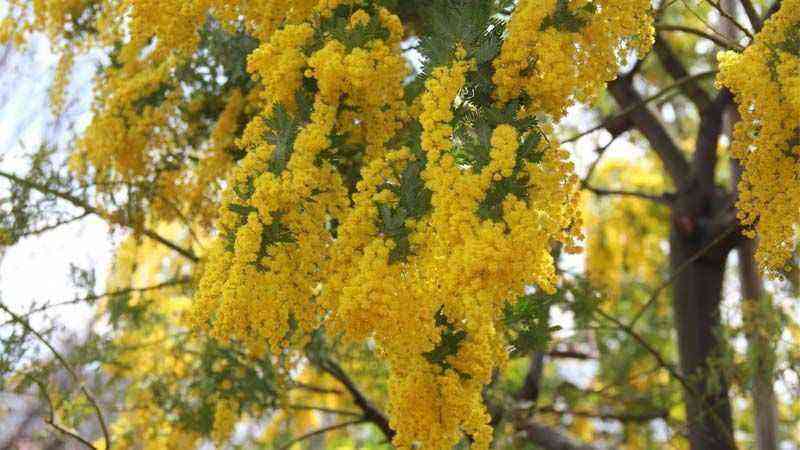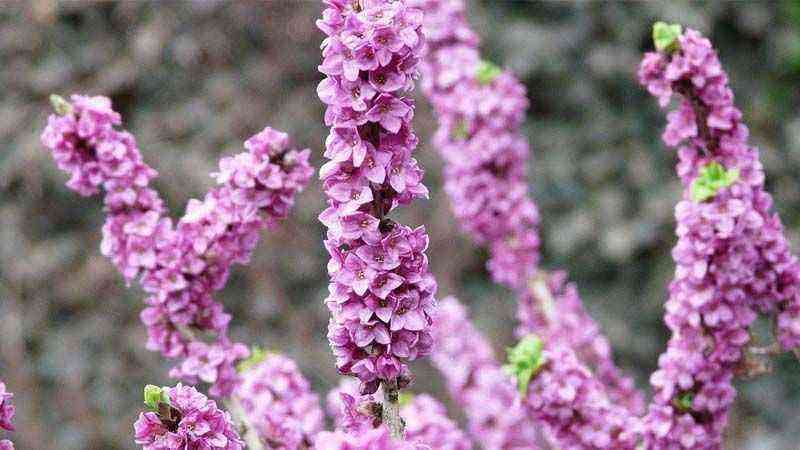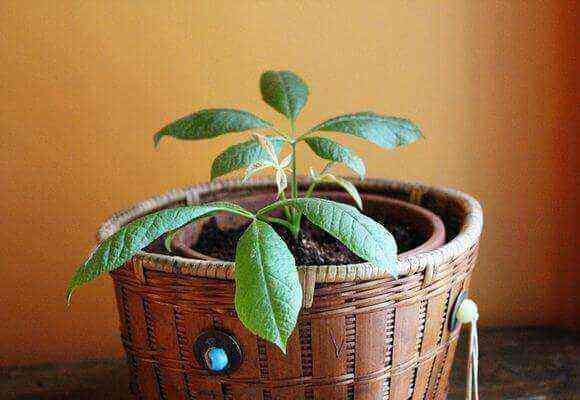The hedges form the great attraction of the garden, separating separate spaces and covering with their great density of leaves parts that in winter are somewhat bare and dull the environment. One of them with an ideal predisposition for pruning is the genus Photinia or fotinia, a hedge of medium height with reddish and green hues of great ornamental appeal.
Within the different types of hedges, this genus is very adapted to the western garden and environments of medium and high relative humidity. It is common to see it as a separation space between single-family houses in North American neighborhoods, although it is perfectly adapted to the European continent and the humid climate of Southeast Asia.
In this article we focus on knowing a little more about the genus of plants Photinia and to discover all the possibilities that its cultivation offers us in our garden, since it is an evergreen species that resists a wide range of temperatures very well.
Characteristics of the Photinia or Fotinia plant
The gender Photinia it encompasses a medium range of plants with different growth habits. One of them, and the one that most attractive general ornamental as a kind of hedge for the garden is Photinia x fraseri or also known as Photinia Red Robin, given its leaves of very attractive reddish tones.
This species comes from the hydribo Photinia glabra x Photinia serrulata, and it is one of the most traded species worldwide of the entire genus.
Appearance and dimensions
The photinias are shrubs that can exceed several meters in height, but they are generally pruned to avoid vertical growth. It has leaves that grow alternately on the stem, slightly toothed and no more than 5 cm wide and 10 cm long.
In environments with medium climates and mild temperatures, Photinia does not usually shed its leaves, although it will if it faces freezing temperatures during the fall and winter months. Its flowering is intense and very attractive, since produces many small white flowers. When they fertilize, they produce fruits that remain on the plant throughout the winter and are easily dispersed through the feeding of birds.
Taxonomy
- Order: Rosales
- Family: Rosaceae
- Gender: Photinia
- Species: Photinia x fraseri
Photinia species most used at the ornamental level
Within the genre Photinia find perennial and deciduous species. For ornamental use, deciduous species are usually used, although if your geographical area is very cold, you should choose any of the species of the genus that are deciduous.
The most common for ornamental use are the following:
- Photinia × fraseri (P. glabra × P. serrulata)
- Photinia ‘Redstart’ (P. davidiana × P. x fraseri)
- Photinia ‘Palette’
- Photinia davidiana “Fruit lute ‘
- Photinia davidiana ‘Extended’
The great attraction of these species is the change in color that their leaves show according to the weather and the season of the year. In spring and summer, it usually has reddish tones. However, perennial species show a green leaf during winter.
Grow Guide Photinia x fraseri in garden and pots
Location and weather
We can really cultivate Phonitia x fraseri in pots, especially in large containers, to create different pieces at the entrance of the house or on the porch. They adapt very well to pruning and this allows us to have them cultivated in this way for many years.
Temperature: they adapt very well to a wide range of temperatures, but prefer mild summers to excessively high temperatures (especially in dry areas). Perennial species can lose their leaves in areas with very cold winters.
Lighting: It is grown in full sun and in environments with very good lighting, although it can grow perfectly in semi-shaded areas.
Environments: coexists better in slightly humid environments compared to very dry areas.
Ideal soil type for Photinia
The different species of Photinia can be grown in any type of soil, regardless of its texture, pH or even in environments with a tendency to salinity. It is advisable to have a loose soil compared to those that are flooded or with a tendency to have drainage problems. It has a preference for limestone soils.
Applications of organic matter before transplanting and at the beginning of autumn improve root development and favor greater sprouting in the spring months.
Irrigation and fertilizer characteristics
Phonitia x fraseri usually requires a moderate amount of water, but always avoiding any possible waterlogging. We will have to closely monitor the drainage capacity of our soil and its modification with compost and sand in case of problems.
Its automated drip irrigation is common, since it is a practical way to wet the entire wet bulb with a good use of the irrigation water. A common plan distributed according to the seasons of the year is the following:
- Irrigation in spring and summer: 3 to 4 irrigations during the warmer seasons, with a duration of 40 to 50 minutes of irrigation, for drippers of 3 to 4 L / h.
- Irrigation in autumn and winter: 2 irrigations per week, with an irrigation time of 30 to 40 minutes, for drippers of 3 to 4 L / h.
Subscriber Recommendations
The application of nitrogen-rich fertilizers is recommended during the sprouting phases, early spring. If we observe a lack of development, the use of liquid compost or worm castings is also recommended, especially in very sandy soils with a lack of nutrient retention.
During spring and summer, 1 of every 3 irrigations we will provide liquid fertilizers rich in nitrogen, (NPK 3-1-2 ratio), at a general dose of 1 ml / liter of water. If we do not have fertilizer injection equipment, we can use granulated fertilizers, providing 300 grams per plant at the beginning of summer and reapplying after 30 days.
Photinias multiplication
The simplest method of propagation of Photinia is done easily by seeds, from the collection and drying of its fruit, containing the seed inside. They are generally sown in the fall in mild climates, or in early spring in colder areas.
Equally, we can multiply the hybrid selecting a good quality cutting, a stem formed that same year with a length of 10 to 15 cm, which we will propagate grown in a pot with peat substrate, maintaining constant humidity until the formation of the first roots.
This cutting is usually selected in early spring, although we can also do it in early autumn.
How to prune
This hedge is very well suited to pruning, so the method of trimming the stems will depend on the objective sought. Pot-grown photinia is usually pruned to give it a circular appearance. However, if we want to make a straight hedge, we will prune by forming a rectangle with right angles.
This operation is usually carried out in early spring or late autumn, before the arrival of the cold.
Plagues and diseases
The usual pests of this type of hedge of the Rosaceae family are related to sucking insects of natural occurrence in the garden. The most common are the following:
- Cottony mealybugs: located on the stems and easily identifiable by their appearance. They constantly weaken the bush, so they must be removed quickly.
- Aphids: They appear in the spring months, coinciding with the budding and formation of new leaves.
- Mites: In summer conditions, high temperatures and low humidity, they cause spots in the form of chlorotic spots on the leaves. The most common is the spider mite.
All of these insects are usually treated through foliar applications with potassium soap or neem oil. It is important to be patient and make a minimum of 3 applications with a distance between treatments of 5 days, since they are usually difficult to eliminate, especially mealybugs.
As for the enfermedades, it is not usual that they affect Photinia, except in the case of very waterlogged soils with a lack of oxygen, where fungi such as Phytophthora, Rhizoctonia and others. They affect the roots and the base of the stem, blocking the sap channels and rapidly drying out the plant, especially in conditions of heat stress and lack of water.

